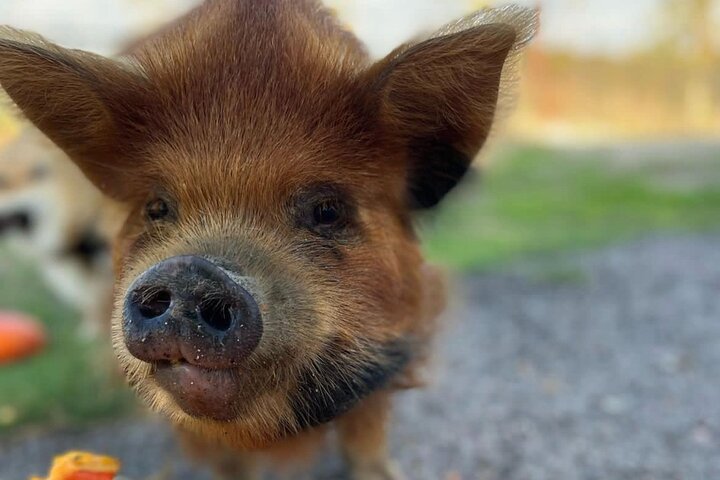
The Top Hat Standard: Why Our Chimney Inspections Go Beyond the Checklist
When it comes to your home’s chimney and fireplace, regular inspections and repairs are crucial to ensure everything is in top shape. Our team specializes
The National Fire Protection Association recommends having your chimney inspected on a yearly basis for maximum efficiency and safety. Chimneys can build up dangerous creosote, crack , and undergo general wear and tear with use and over time.

Very simple measures can keep your warm air inside where it belongs. This not only keeps you cozy- it also can cut down on your energy costs throughout the colder months!
Proper firewood. Only use dry wood that has been split and seasoned outdoors for 6 months to 1 year.
Any time you are burning a fire or using heaters in your home, you should ensure to have proper fire safety measures in place. One measure in having working smoke detectors installed on the ceiling of your home.
CO is a major concern when burning fires in the home. It is virtually odorless and unnoticeable unless you have the right equipment installed, and is the primary chemical that comes from burning wood and having chimney soot. Do not be caught off guard!
Accidents happen to everyone. Maybe the fire burned too hot or too big, or perhaps a log tumbled down onto the floor due to a door not being shut properly. In cases like these, be prepared to deal with the situation by having a fire extinguisher nearby to avert a crisis.

When it comes to your home’s chimney and fireplace, regular inspections and repairs are crucial to ensure everything is in top shape. Our team specializes

Discover the best family friendly things to do in Austin TX summer 2025! The Top Hat Chimney Sweeps team shares favorite local spots for family

Spring is in the air—and while that means blooming flowers and fresh breezes, it also brings pollen, dust, and humidity that can negatively impact your

Rockabilly Brewing in Hutto, Texas, offers a perfect blend of craft beer, community, and fun events.

Rockabilly Brewing in Hutto, Texas, offers a perfect blend of craft beer, community, and fun events.

If you’re an animal lover looking for a unique and memorable experience, the Kunekune Pig Farm Tour in Hutto, Texas, is a must-visit destination.

Save big on essential home maintenance services with our membership plans.